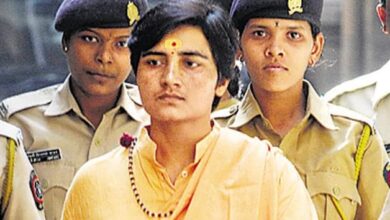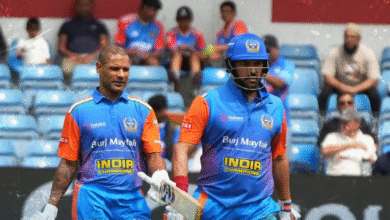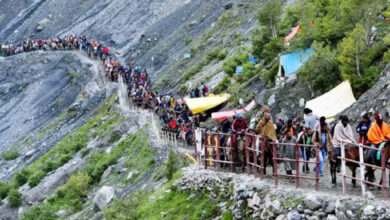Accountability in the RCB Stampede: A Tragedy of Negligence and Political Opportunism
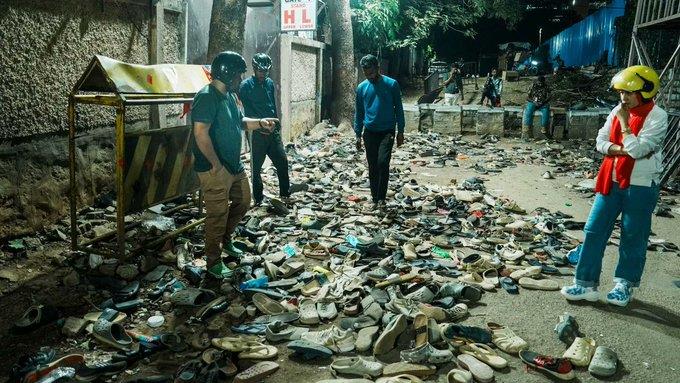
Bengaluru witnessed an unspeakable tragedy on 4th June, when eleven young cricket lovers lost their lives in a stampede at the Chinnaswamy Cricket Stadium. What should have been a jubilant celebration for the victorious Royal Challengers Bangalore (RCB) — finally lifting the title after eighteen years of relentless struggle — turned into a horrific catastrophe. The euphoria of victory quickly dissolved into grief, chaos, and unanswered questions about accountability.

The grand finale of the IPL was fought at the Narendra Modi Stadium in Ahmedabad on the night of 3rd June. The streets of Bengaluru came alive with fervent celebrations that stretched till dawn, reflecting the undying love of the people for their home team. The city’s arteries were choked with traffic and revelry, a testament to the emotional bond between the fans and the RCB players.
The next morning, an official announcement declared a felicitation ceremony for the team in Bengaluru. The programme was divided into two parts — the first near the State Legislative Assembly and the second at the iconic Chinnaswamy Stadium. Due to stringent security arrangements at the Assembly venue reserved for VVIPs and senior officials, the general public gravitated toward the stadium.

The stadium, with a capacity of merely 35,000-40,000, was inundated by an uncontrollable crowd of over two lakh people. The available police force of around 1,000 personnel proved grossly insufficient to manage this sea of humanity.
A Preventable Disaster Ignored
Sources reveal that the RCB authorities had initially requested the police to allow the felicitation at the stadium on 4th June. The police, foreseeing the potential threat posed by an overexcited crowd, wisely suggested postponing it to 8th June — a Sunday — to allow adequate preparation and deployment of security forces. However, RCB’s management, eager to conclude the ceremony before their international players left the country and to accommodate the packed schedules of Indian cricketers, sought alternate options.
In came Mr. D.K. Shivakumar, the influential Deputy Chief Minister of Karnataka, who seemingly perceived this as a golden opportunity to capitalise on public emotion. Not only did he ensure the event proceeded on 4th June, but he also added a parallel venue near the Legislative Assembly — a decision that stretched the limited police resources dangerously thin.
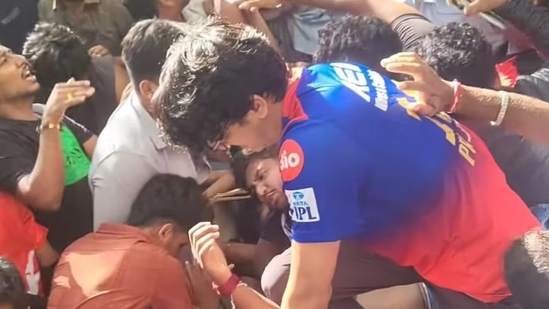
When a powerful leader seeks swift action in his constituency, few have the courage to resist. The top police officers, preoccupied with VIP duty near the Assembly, left the stadium grossly undermanned. This resulted in a nightmare scenario at the Chinnaswamy Stadium, where vibrant, hopeful young fans like Dibyanshi, above 14 year old girl Prajwala — a 20-year-old engineering graduate, Shibling ,a 17-year-old student, and 19-year-old classical dancer Chinmayee Setty — tragically lost their lives in the uncontrollable surge.
Shifting Blame and Political Evasion
In the aftermath, a disheartening blame game ensued. The police registered an FIR against the RCB authorities, the Karnataka Cricket Association, and event managers — entities with no jurisdiction over law and order. The administration pointed fingers at the police, while the government maintained a conspicuous, uncomfortable silence, accusing the opposition of politicising the incident.
Following a High Court directive on 5th June demanding an enquiry report by 10th June, the government hurriedly suspended five police officers, including a DCP and an ACP — a classic case of scapegoating. This action was little more than a cosmetic exercise meant to pacify public outrage without addressing the root cause.
The Unspoken Role of Power
It is widely perceived that Mr. D.K. Shivakumar was the de facto architect of this ill-fated event. His intentions may have been noble — to honour the RCB players and the people’s sentiment — but the execution was reckless and tragically flawed. From waving flags at the airport to orchestrating events at both venues, his visible presence overshadowed that of the event organisers themselves. Had the event unfolded without mishap, he would have been lionised as the hero of Karnataka’s cricketing history, earning political capital in the process.
However, when calamity struck, the convenient narrative of “unforeseen tragedy” took precedence over accountability. The Chief Minister’s decision to order a Crime Branch enquiry, while suspending a handful of officers, appears as little more than a public relations exercise — an attempt to deflect criticism and control the political fallout.

A Call for Courageous Leadership
Before the High Court convenes on 10th June, Mr. Shivakumar owes it to the people of Karnataka to publicly acknowledge his role in the flawed planning of this event. An honest admission, rather than political evasion, could serve as a rare example of accountability in public life. His intentions were not malicious, but the consequences were devastating. By admitting oversight, he may suffer short-term damage, but would likely secure long-term respect — both for himself and the government he represents.
The people of Karnataka deserve more than scapegoating and hollow gestures. They deserve transparent answers and sincere justice for the young lives so needlessly lost.



